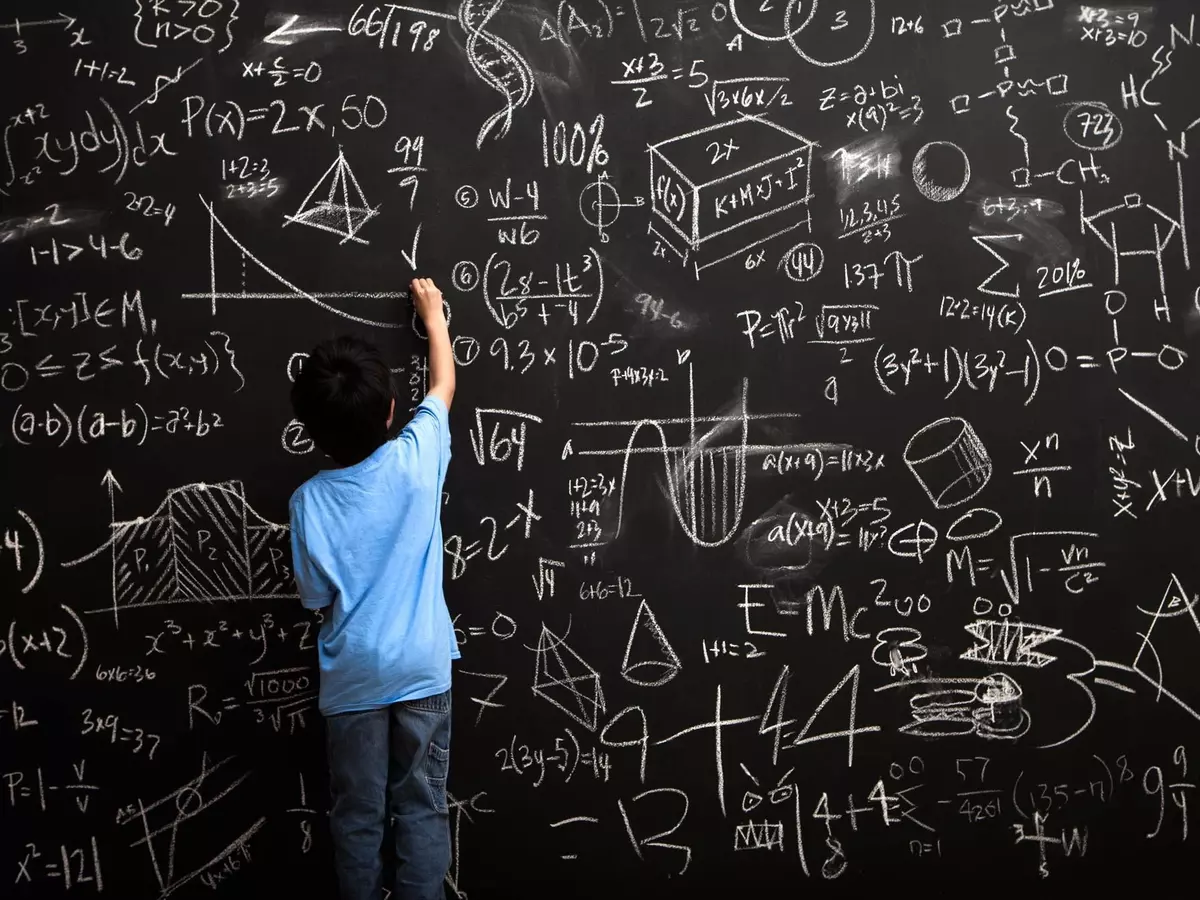What Do Flowers, The Mona Lisa & A Pine Cone Have In Common? Let The Mathematics Of Attraction Break It Down For You
Math has a funny way of creeping into our lives in ways other than counting the seconds to the end of a bad date. Math is also very much seen in nature the way the world goes and grows around us. The answer lies in your childhood nemesis &ndash Math.

The answer lies in your childhood nemesis 每 Math!
You see, Math has a funny way of creeping into our lives in ways other than counting the seconds to the end of a bad date or the remains of whatever is left in loose change (#demonetization). Math is also very much seen in nature, the way the world goes and grows around us.
Math in nature
Stopped to smell a daisy ever? Please do that and when you do, count the number of petals. The number will always be one of these 每 1, 2, 3, 5, 8, 13, 21, 34.....

Pixabay
If those nightmares before Math tests have had any lasting effect on you then you would immediately recognise the trend in the series.
0 + 1 = 1
1 + 1 = 2
1 + 2 = 3
2 + 3 = 5
3 + 5 = 8...
So you add the sum to the previous number and you get the next, aka the Fibonacci series. Hemacandra noticed this pattern in the syllables of Sanskrit poetry decades before Fibonacci saw it in the mating rituals of rabbits. But alas! Sex sells and to be fair Fibonacci wasn't aware of Hemacandra. So call it Hemacandra or the Fibonacci series 每 same difference. Moving on from origin stories, how about a pine cone? Do you have a pine cone? Any pine cone? There will be exactly one of the Hemachandra (Fibonacci) number of spirals over and around it.

Wikimedia
Not impressed yet? The shape of your ear can be drawn by placing adjacent squares equal to the size of the consecutive Fibonacci numbers and then drawing a continuous arc through the corners, much like in the picture.

Wikimedia
What's the magical secret? The Golden Ratio
Making the not so bold assumption that nature has not been conspiring with Fibonacci to keep us mystified, there must be a hidden pattern in these numbers.
As you go higher and higher, the ratio, of two consecutive Fibonacci numbers, converges to an irrational value, 1.618033...., christened Phi by number theorists, mathematicians who like to look at numbers in ways no one ever does.

That which pleases our senses
And why go crazy about this most irrational of all numbers? Most of our brains are wired to appreciate the attractiveness of symmetry and certain proportions. Phi, or the Golden Ratio, has been the basis of ancient architectural designs like the Parthenon, in sculptures like Michelangelo's David, in music like Beethoven's 5th Symphony or Bartok's concerto, poetry and paintings. You see it is in pine cones, flowers, the way leaves arrange in certain ※Phi§ factored angles to get most sunlight and finally, the human body and in particular the human face.
Unless you have been living in a Phi favored forest, you must have seen Da Vinci's Mona Lisa. Her features are perfectly proportioned to the Golden Ratio.

Wikimedia
Though beauty is certainly in the eyes of the beholder, mathematically, a perfectly proportioned face is one which follows the Golden Ratio. It just tells how close are ones' features to our perception of the human face. Go ahead and dust off your geometry box for that thing which looks like half a pizza 每 the protractor, and see how close you are to being Mathematically attractive!
There are nearly twenty ratios on the face. Check to see if some of these are close to Phi.
1. Length to width of your face.
2. Hairline to eyebrow to bottom of your eye.
3. Eye to flare of the nose to bottom of the nose.
4. Eye to tip of your nose to the center of your mouth with lips closed.
5. Eye to center of your mouth, with lips closed of course, to the bottom of your chin.
6. And if you want to get really adventurous then find the ratio of your height - navel to toe, to that of your height - head to navel.

Wikimedia
Do they match the magical Phi?
And Math lived happily ever after
Have fun with Math and find ways to reveal the Golden Ratio in your body. And see if you have a better ratio'd nose than Marilyn's.
And if they don't match up, let's just call it a broken protractor and move on to the less sensitive and more politically correct Math 每 trigonometry.
